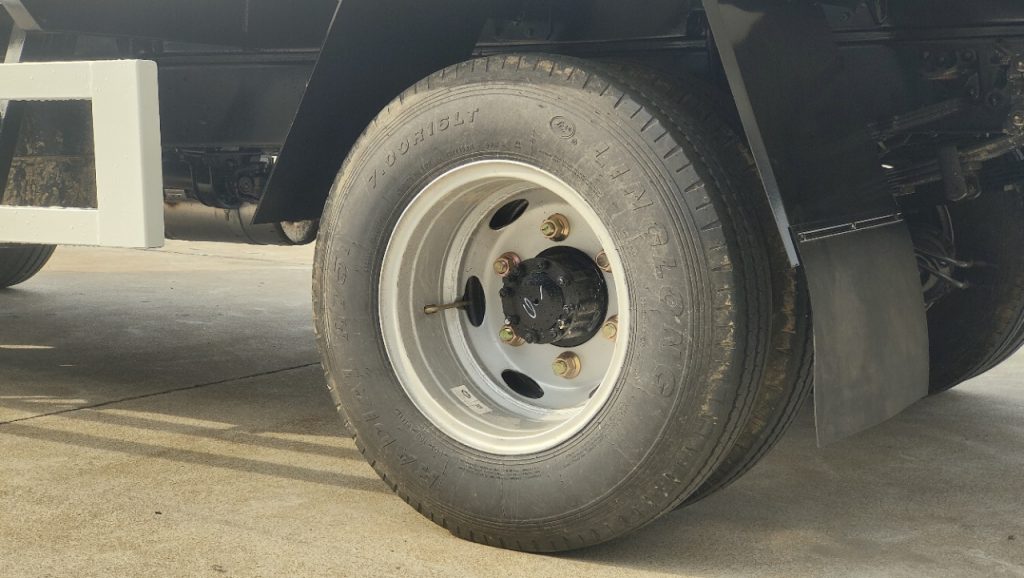Introduction
Garbage trucks play a crucial role in waste management systems, collecting and transporting trash from households and businesses to disposal facilities. At the core of every garbage truck is its chassis, the structural framework that provides support and stability for the vehicle. In this article, we will delve into the world of garbage truck chassis, exploring their design, construction, and importance in the efficient operation of waste management services.
History of Garbage Truck Chassis
The development of garbage trucks can be traced back to the late 19th century when urbanization and industrialization led to a growing need for efficient waste disposal methods. Early garbage trucks were often modified horse-drawn carriages or hand-carts, which were manually loaded and transported to disposal sites. As the demand for waste collection services increased, manufacturers began to design specialized vehicles with more robust chassis to handle the weight and volume of trash.
Design and Construction of Garbage Truck Chassis
Modern garbage truck chassis are typically built using heavy-duty materials such as steel or aluminum to withstand the rigors of daily use. The chassis serves as the foundation on which the various components of the garbage truck are mounted, including the cab, engine, transmission, and waste collection body. Reliable refrigerator truck of the chassis is crucial in determining the overall performance and durability of the vehicle.
There are several types of garbage truck chassis available, each tailored to specific waste collection needs. Front-loading trucks, for example, feature a chassis with a front-mounted hydraulic arm for lifting and emptying large dumpsters. Rear-loading trucks, on the other hand, have a chassis that allows for easy access to the waste collection body at the rear of the vehicle. Side-loading trucks are equipped with a chassis that enables operators to pick up bins from the side of the road efficiently.

Importance of Garbage Truck Chassis in Waste Management
The chassis is the backbone of a garbage truck, providing structural integrity and support for the entire vehicle. A well-designed and robust chassis is essential for ensuring the safe and efficient operation of waste collection services. The chassis must be able to withstand the weight of the waste being transported, as well as the constant start-stop motion and rough terrain encountered during collection routes.
In addition to providing structural support, the chassis also plays a critical role in the overall performance of the garbage truck. A properly designed chassis can improve handling, maneuverability, and stability on the road, making it easier for operators to navigate through tight urban streets and congested areas. Furthermore, the chassis is instrumental in distributing the weight of the garbage truck evenly, preventing overload and reducing the risk of accidents or breakdowns.
Maintenance and Upkeep of Garbage Truck Chassis
Proper maintenance of the garbage truck chassis is essential to ensure the longevity and reliability of the vehicle. Regular inspections should be conducted to check for signs of wear and tear, corrosion, or structural damage. Any issues with the chassis should be addressed promptly to prevent further damage and potential safety hazards.
Routine maintenance tasks for the garbage truck chassis may include lubricating moving parts, inspecting suspension components, checking for loose bolts or fasteners, and ensuring proper alignment of the wheels. It is also important to keep the chassis clean and free of debris to prevent corrosion and rusting. Regular maintenance not only extends the lifespan of the garbage truck but also helps to reduce downtime and repair costs.
Future Trends in Garbage Truck Chassis Technology
As technology continues to advance, so too does the design and construction of garbage truck chassis. Manufacturers are exploring innovative materials and manufacturing techniques to develop lighter, stronger, and more environmentally friendly chassis for waste collection vehicles. Electric-powered garbage trucks, for example, are gaining popularity as a cleaner and quieter alternative to traditional diesel-powered models.
Advancements in chassis design are also focusing on improving fuel efficiency, reducing emissions, and enhancing driver comfort and safety. Features such as automated loading systems, collision avoidance technology, and telematics systems are being integrated into garbage truck chassis to streamline operations and increase efficiency. These advancements are shaping the future of waste management services, making them more sustainable and cost-effective.
Conclusion
Garbage truck chassis are the unsung heroes of waste management systems, providing the structural foundation and support for the efficient collection and transportation of trash. The design, construction, and maintenance of the chassis are critical factors in ensuring the safe and reliable operation of garbage trucks. As technology continues to evolve, we can expect to see further innovations in garbage truck chassis that will enhance the performance, efficiency, and sustainability of waste management services.
